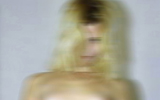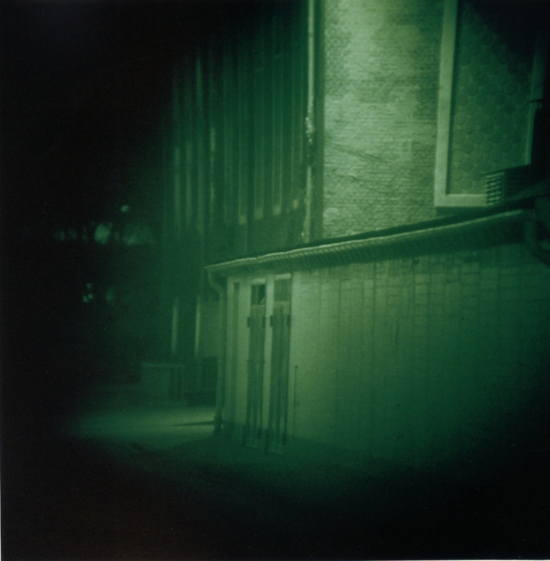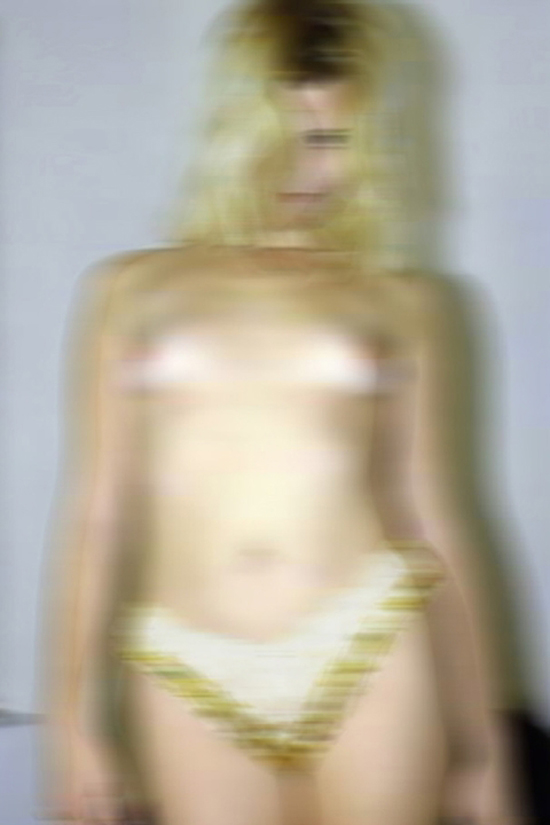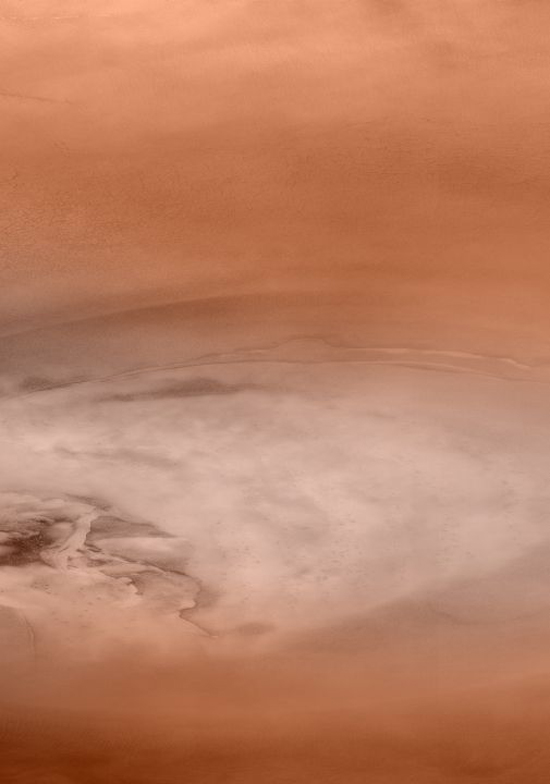The Alpha Male editor on the importance of storytelling and the concept of authorship for photographers in an age of social media dominance
In a brief talk at the recent instalment of Paris Photo, the American artist Alec Soth mentioned the importance of storytelling in his approach toward photography. Going back to the Life magazine style, hitting the road with a camera and a writer in tow, is an increasingly relevant operation these days, he said. The slideshow started with the Aristotelian arc in a dotted line, only to arrange the pointillist pattern in more complex and randomly assorted shapes later, eventually carving out the meandering bed of the Mississippi, and tracing the route of Robert Frank’s American road trip in order to find the spots that connect to a story. The aim to find a new collaboration between image and text, photographer and writer, brings to mind Susan Sontag’s dictum that the person who is recording cannot intervene, and the one who intervenes cannot record. In a slightly shifted perspective, admittedly, looking at the writer as intervention, fiddling with meaning rather than the outcome of real events. The image cum text approach, however, closes the gap that necessarily exists between the one recording and the one that intervenes, or interprets, and shows a way out of the trap that is merely touching the surface of the world with a nice image.
“The problem, though, with giving up authorship,” Mr Ruff said
in a Paris Photo panel, “is that one has to become an author first”
In an age where the authorial use of a camera is seriously challenged by a deluge of smart-phone images flooding our lives online via Facebook and Twitter, photographers have a new need to figure out strategies that keep their craft relevant at a new visual turn, in an environment where we are collectively “faced with the cynicism of every citizen,” as the architect Rem Koolhaas described it. How do they deal with it? How do they justify their “art” when a gazillion of overconfident hipsters have the same technical means at hand? Going back to the classic tale of storytelling that “connects the dots,” as Soth said, and delivers meaning with a journalistic approach seems to be the method of the Young Nostalgics.
Browsing the booths at Paris Photo, one could observe another old-school tactic to secure the quality of the work – the focus on its physicality in order to create a lasting object, opposing the fleeting nature of the digital image in the World Wide Web. Expensive prints in low editions are more interesting for collectors, of course, but sometimes there is more to it than just marketing considerations – as in Clare Strand’s work, which blends photography with sculpture in purposefully floppily folded three dimensional shapes made of monochromatically exposed photo-paper. Those glossy colour blocks are unmistakably assembled by hand, their rough, untidy edges a far cry from industrial precision.
Going back to the roots of the craft, traditional journalism stress the haptic in the art-experience – those are the conservative strands of the existential soul-searching that is taking place inphotography today. More radically, certain artists are not worried at all about losing their voice by giving up authorship. New schools of photographers are distancing themselves from the traditional lens-based modus operandi and roam the Internet for source materials that they appropriate into their own work. Thomas Ruff, who started out shooting eerie interiors on film in the 1980s, now hardly ever touches a camera. He collaborates with observatories and space agencies to obtain the imagery feeding into his work, and heavily relies on images uploaded on the Internet. “The problem, though, with giving up authorship,” Mr Ruff said in a Paris Photo panel, “is that one has to become an author first.” There was no doubt that the democratisation of artistic licence, which is sometimes associated with the rise of social media, was dejected by the artist-auteur, who insists on the supremacy of his intellectual property.
“We still see authorship as somewhat monomaniacal
and I don’t see that digital immigrants have the sense of authorship damaged, although it is possible”
Whether the digital turn inflicts our understanding of authorship – the writer Will Self, who just published a digital essay on thespace.org isn’t too sure about that: “we still see authorship as somewhat monomaniacal and I don’t see that digital immigrants have the sense of authorship damaged, although it is possible.” Interestingly, whenever the artistic class feels threatened by outsider competitors, a thorough reflection of their practice takes place and some truly interesting work emerges from it. When Thomas Ruff obtains NASA imagery from Mars in raw black and white, then colours it and adjusts the file to his own aesthetic standards, he adds another layer of meaning to the scientific document, an element of fiction and room for creative intervention without destroying the framework it is built on. It is a bit like Hilary Mantel writing historical fiction, carefully adding details that are not recorded by history, providing a richer story than mere documentary could, and hence create a work of art, which is very much dependent on its source material, and its quality of the respect for it.The rise of the tableau form in photography, essentially materialised in bigger prints that match the dimensions that have been established by the tradition of painting, if not the medium’s structural, or compositional qualities, has been in no small part abetted by Thomas Ruff’s decision to print larger versions of his portraits in the 1980s. The reasoning behind this dimensional shift might sound not exactly spectacular (“the bigger formats made the sitters easier to recognise,” Ruff offered as explanation during Paris Photo), but it dramatically changed the relation of the artwork with the spectator, or buyer. The appropriation of old-masterly formats in photography let the Ruff dominate a wall like a Rembrandt or a van Dyck, forever freeing the photographic print from its traditional habitat – the archival box, and let it roam invasively into the gallery space, fighting for attention by the triumvirate of art. One of the very few artist-photographers, who remain committed to depicting contemporary life in realistic imagery, Paul Graham, just produced a remarkable series, The Present, which currently enjoys a show at Le Bal in Paris.
Graham chose the tableau format for his New York street scenes, which he arranged in diptychs or triptychs of shots just seconds apart. In depicting contemporary urbanity, street life in a format that has its roots in religious painting, he elevated the quotidian, shifted its context, and levelled the “real” on par with the “sacred”. This operation might be a crucial one in a world where we might approach the edge of losing the “Real” in favour of the “virtual”. A healthy dose of reality bites should continue to infuse the realm of art. It has fought for its place long enough through pioneers like Diane Arbus, Robert Frank, Nan Goldin. And some people still know how to turn it into a convincing piece, like Michael Schmidt does in his book Lebensmittel, tracing the stories of processed food, which Simon Baker, Tate Modern’s curator of photography showed as a favourite of his during Paris Photo.
George Ghon is the editor of Alpha Male








